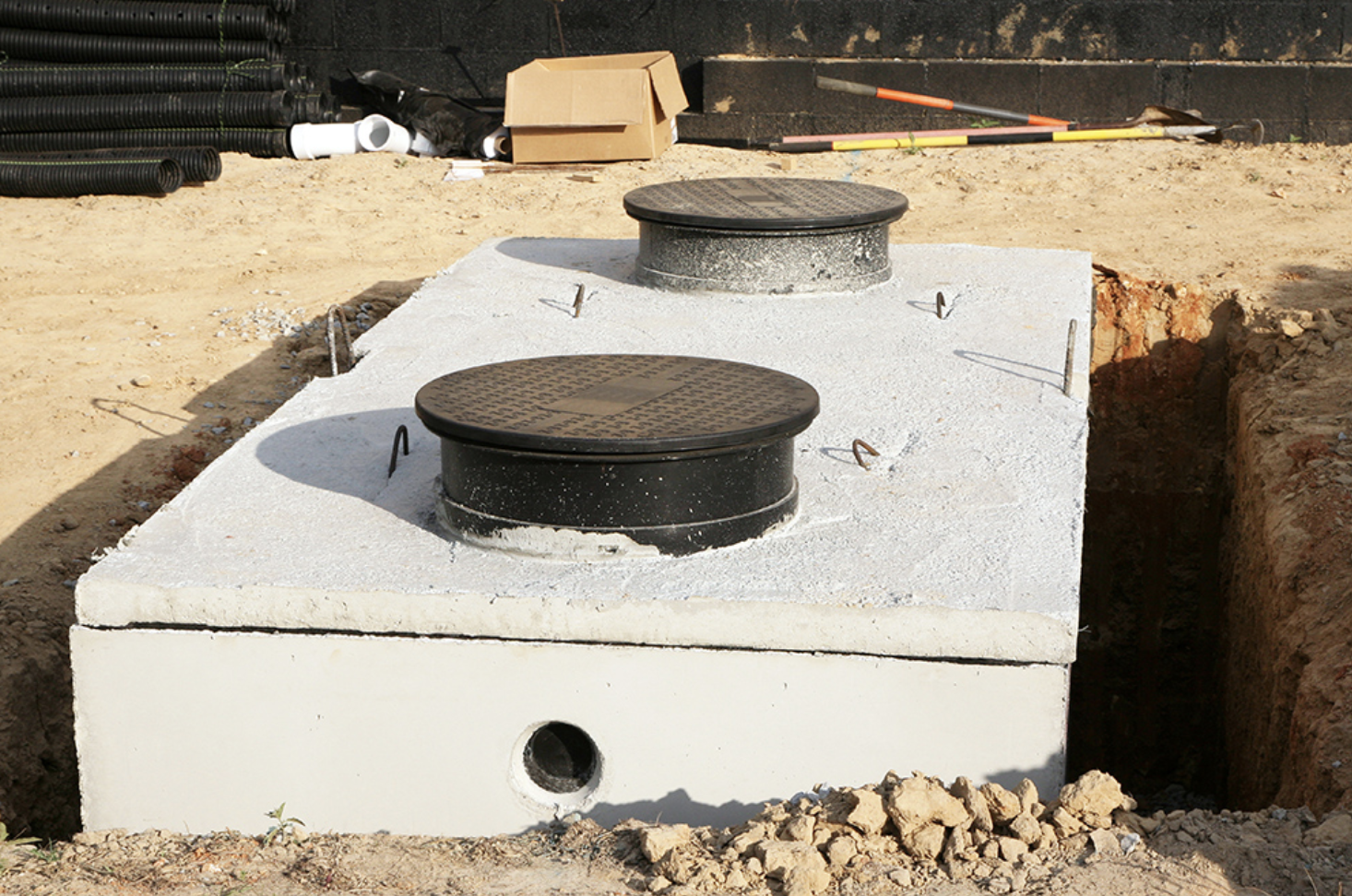How Grease Traps Work
Grease traps, also known as grease interceptors or grease separators, are plumbing devices designed to intercept most greases and solids before they enter wastewater disposal systems. They're commonly used in restaurants, commercial kitchens, and other food service facilities to prevent fats, oils, and grease (FOG) from clogging sewage pipes and causing blockages and sewer backups. Here's how they work:
1. Interception: Wastewater containing grease enters the grease trap from sinks, dishwashers, and other kitchen fixtures.
2. Separation: Inside the trap, the wastewater slows down, allowing the heavier-than-water grease and oils to rise to the surface. Meanwhile, solids settle at the bottom of the trap. This process is facilitated by the design of the trap, which typically includes baffles or plates that create turbulence and slow the flow of water.
3. Retention: The grease and solids are retained within the trap while the relatively clear water continues to flow through and out of the trap.
4. Accumulation: Over time, the grease and solids accumulate within the trap, forming a layer of grease and sludge. To maintain efficiency, the trap needs periodic cleaning and maintenance to remove this buildup.
5. Disposal or Recycling: Depending on local regulations and practices, the collected grease may be disposed of properly or recycled. In some cases, the grease can be recycled into products like biodiesel.
Grease traps come in various sizes and configurations, depending on the volume of wastewater and the amount of grease produced in a facility. Regular maintenance and cleaning are crucial to prevent blockages and ensure the proper functioning of grease traps.

